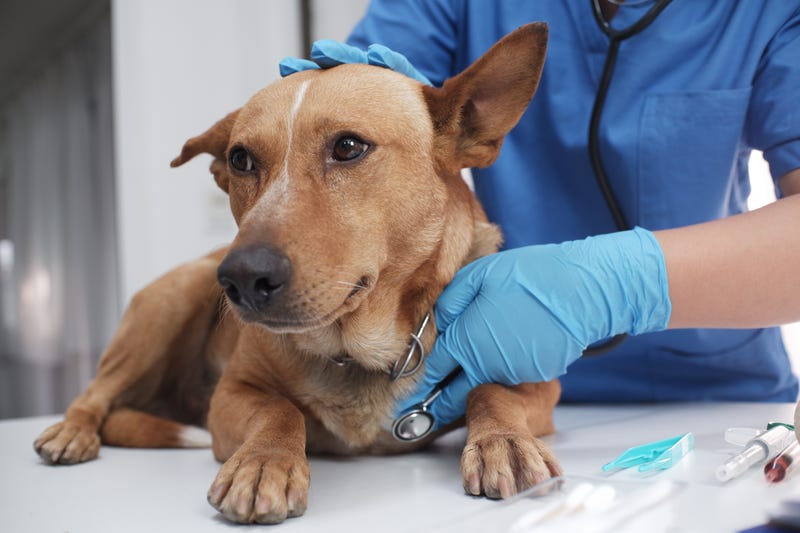
PHILADELPHIA (KYW Newsradio) — With increased utilization of MRIs, veterinarians are detecting more stroke cases in dogs.
Dr. Evelyn Galban, a veterinarian neurologist at the University of Pennsylvania, says they are seeing about three to five cases per month.
“It seems to be an increasing number and I think it's just because we are able to diagnose more of them," Galban said. "So the more we do, the more we see."
Strokes typically occur in older dogs. Just like in humans, there are two main types: ischemic, which occurs when there’s a lack of blood flow to the brain, and hemorrhagic, where a damaged vessel causes bleeding around the brain.
Galban says sudden dramatic behavior changes, like imbalance, tilting their head to one side, stiff legs, and the inability to stand could indicate a dog suffered a stroke and should be taken to a vet as soon as possible.
She says if a stroke is due to a blood clot, there's no definitive treatment.
"In people, we talk about using clot-busting medication or even going into surgery to remove the clot,” Galban explained. “In our patients, we are not able to do that as effectively or efficiently, so we really have to wait for the body to heal and to recirculate the blood to the area to the brain that is missing out."
She says most dogs will be able to recover from a stroke, but notes things like a head tilt and a little bit of “lameness or dragging” may stay.
Generally, dogs start to see improvement in three to five days. It takes about four to six weeks to recover fully.
